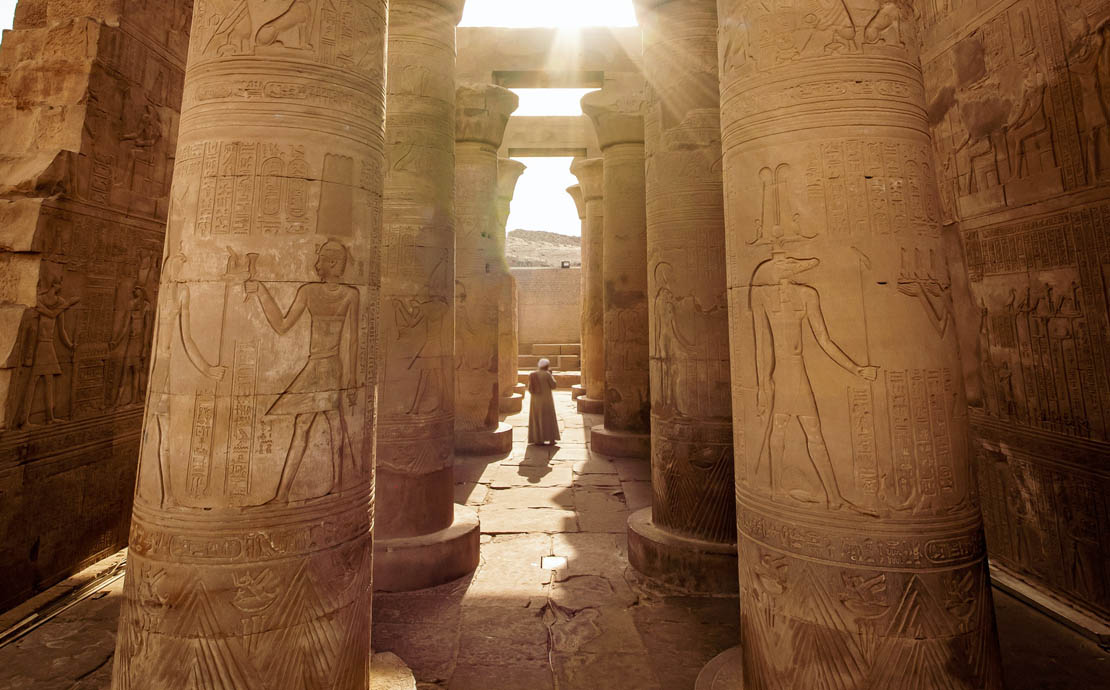Manylion am yr Ymchwil
ADRAN/MAES PWNC: Eifftoleg
GORUCHWYLIWR/GORUCHWYLWYR: Dr Martina Minas-Nerpel a Dr Troy Sagrillo
GRADD YMCHWIL (PhD/M.Phil/MA drwy Ymchwil): PhD
TEITL Y TRAETHAWD YMCHWIL: An examination of the economic classification of donations to temples between the Twenty-first Dynasty and the Ptolemaic Period (1077—30 BC).
Crynodeb o'r Ymchwil
The separation of church and state is a concept often, but wrongly, applied to the study of ancient Egyptian economic history. In Egypt, state and church, or temple in this case, were not separated.
In Egyptian kingship ideology, the pharaoh as the head of state was also officially the high priest and depended upon the support of the gods, or rather the priests and their powerful temples, for political success; a flourishing temple ensured that Egypt would be prosperous.
Stelae recording endowments of land to the temples by the pharaoh survive from as early as the Second Intermediate Period (1759—c.1539 BC) and provide evidence of this dependency and the connection between state and temple. An examination of the extent to which modern economic theory can be applied to the study of what appears to be an economic practice will be accompanied by a catalogue of texts.


